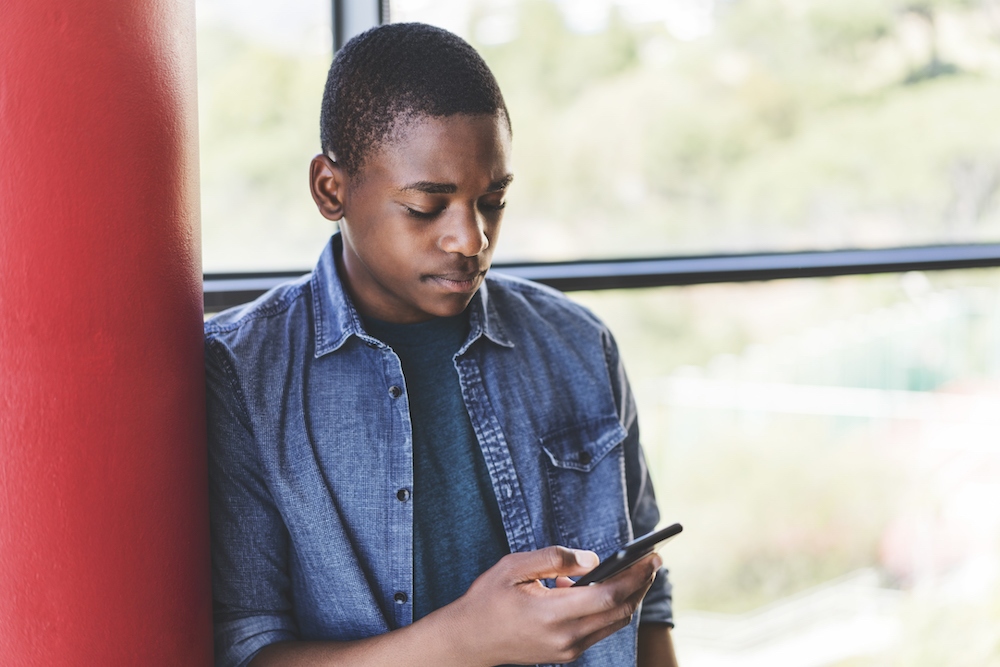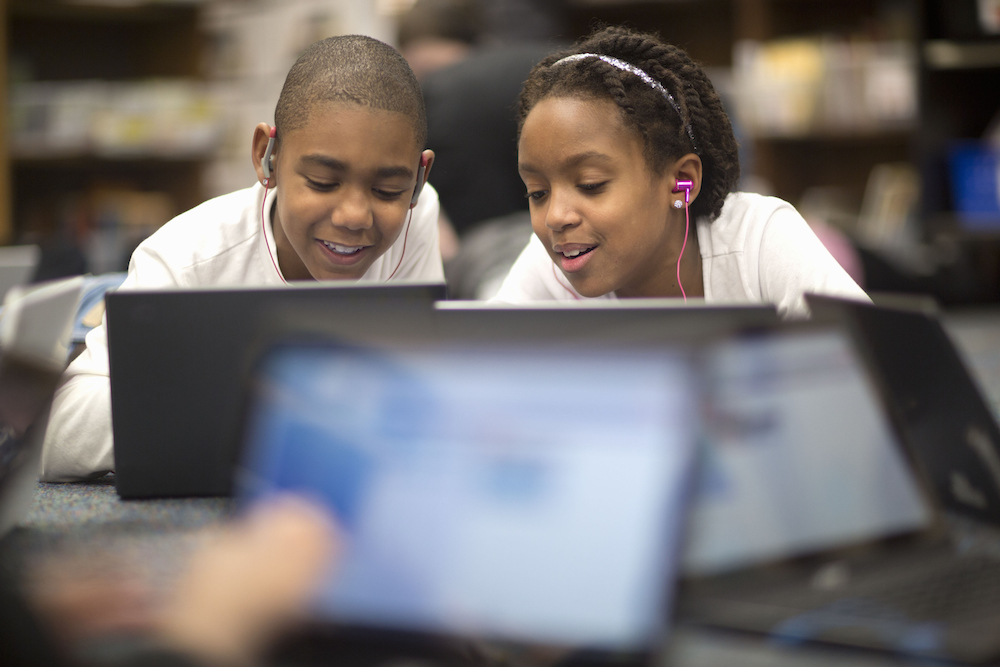Media Literacy Module
Overview
The lessons and activities in this section help learners identify and evaluate the credibility of digital sources (including verifying sources, identifying bias, misinformation, manipulated media and evaluating searches) and able to explain how their online activity and the content they share affects their online identity and reputation. They will know how to raise awareness and/or report suspected misinformation.
Search My Digital World
Featured

Passwords
Students will learn how to keep their online information more secure by using and maintaining strong passwords.
View Page
Connectivity
Students will learn to recognize unsecured Wi-Fi when it is available to them, understand the trade-offs inherent in using unsecured Wi-Fi, and make informed decisions about when to connect to and use unsecured Wi-Fi.
View Page
Cybersecurity, Phishing, and Spam
Students will learn about malicious online users who might attempt to use security weaknesses to gather information about them.
View Page
What is Verification?
Students will learn what information verification is and why it is important for news consumers.
View Page
The Verification Steps
Students will learn about a five-step checklist they can use to verify the origin, source, date, location, and motivation of news.
View Page
Passwords
Students will learn how to keep their online information more secure by using and maintaining strong passwords.
View Page
Connectivity
Students will learn to recognize unsecured Wi-Fi when it is available to them, understand the trade-offs inherent in using unsecured Wi-Fi, and make informed decisions about when to connect to and use unsecured Wi-Fi.
View Page
Cybersecurity, Phishing, and Spam
Students will learn about malicious online users who might attempt to use security weaknesses to gather information about them.
View Page
What is Verification?
Students will learn what information verification is and why it is important for news consumers.
View Page
The Verification Steps
Students will learn about a five-step checklist they can use to verify the origin, source, date, location, and motivation of news.
View Page
